
Bundoora is a suburb in Melbourne, Victoria, Australia, 15 km (9.3 mi) north-east of Melbourne's Central Business District, located within the Cities of Banyule, Darebin and Whittlesea local government areas. Bundoora recorded a population of 28,068 at the 2021 census.

St Kevin's College is a private Catholic primary and secondary school for boys located in Melbourne, Victoria, Australia. The college has five campuses, three of which are in the suburb of Toorak, the fourth in Richmond, and the fifth being a sport campus located behind Stockland Tooronga. The school owned a campsite 'Silver Creek' in the town of Flowerdale which was completely destroyed by the Black Saturday bushfires.

Marcellin College is a Catholic secondary boys' college in Bulleen, Victoria, Australia.
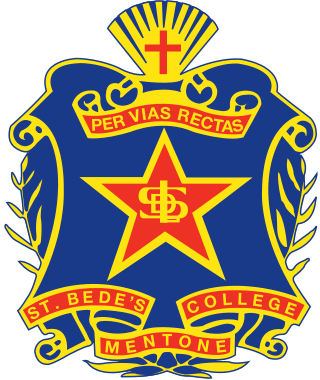
St Bede's College is a Catholic secondary school for boys in the Melbourne suburb of Mentone. The college was founded in 1938 by the De La Salle Brothers, a religious order based on the teachings of Jean-Baptiste de la Salle, and is a member of the Associated Catholic Colleges and the Council of International Schools. The college has two campuses: one in Mentone that takes students from years 7 to 12, and one in Bentleigh East that takes students from years 7 to 9.

Samaritan Catholic College was a Roman Catholic boys' high school, located in Preston, Melbourne, Australia. The College was a school founded and run in the tradition of the Marist Brothers and their founder, Saint Marcellin Champagnat.
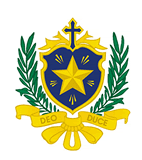
De La Salle College is a Catholic private school for boys in the Melbourne suburb of Malvern. The college was founded in 1912 by the De La Salle Brothers, a religious order based on the teachings of Jean-Baptiste de la Salle, and is a member of the Associated Catholic Colleges. The college consists of three campuses located in Malvern and Malvern East. De La Salle's sister school is Star of the Sea College.
St Joseph's College is a Salesian Roman Catholic boys' secondary school in the outer-eastern suburb of Ferntree Gully, Melbourne, Victoria, Australia.

St Patrick's College, sometimes referred to as St Pat's, Paddy's or SPC, is an independent Catholic secondary day and boarding school for boys, located in central Ballarat, Victoria, Australia. The school was founded by the Congregation of Christian Brothers in 1893, who continue to run the school through Edmund Rice Education Australia. The school provides education for boys from Year 7 to Year 12, with an emphasis on academic and sporting programs.
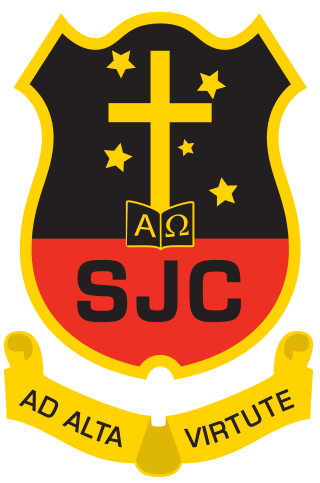
St Joseph's College is an independent Catholic secondary school for boys, located in the inner Geelong suburb of Newtown, Victoria, Australia. The school was founded by the Congregation of Christian Brothers in 1935, who continue to run the school, and provides education from year 7–12, offering a broad range of curricular choices for its students in middle and senior schools including VCE, VET and VCAL.

St Mary's College is an independent Catholic co-educational secondary college, located in Melbourne, Victoria, Australia. The school was founded in 1878 and is both one of the oldest private schools in Melbourne and one of the only co-educational Catholic schools in inner Melbourne.

St. Augustine's College was an Australian Roman Catholic secondary college in Yarraville, Victoria. Also known as Christian Brothers' College, Yarraville, or more simply CBC Yarraville, the school for boys opened in 1942, closed in 1972, and was operated by the Congregation of Christian Brothers.

The Associated Catholic Colleges (ACC) is a group of thirteen independent Catholic boys schools in Victoria, Australia. The Association, formed in 1911, and renamed in 1948, provides the basis for interschool sporting and other competitions between member schools.

St. Bernard's College is an independent Catholic secondary school for boys, located in the Melbourne suburb of Essendon, Victoria, Australia. The college is named after its patron saint, Bernard of Clairvaux, and is a member of the Associated Catholic Colleges. It is also part of Edmund Rice Education Australia, a series of schools that focus on teaching the pupils in the tradition of Edmund Rice.
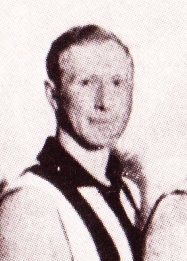
Kevin James Dynon was an Australian rules footballer who played for the North Melbourne Football Club in the Australian Football League (VFL).

Notre Dame College is a dual-campus independent Roman Catholic co-educational secondary day school located in Shepparton, Victoria, Australia. The college is situated on two campuses: Knight Street Campus, that houses students in Year 7, 8, and 10–12; and the Emmaus Campus, on Grace Road, North Shepparton, that houses students in Year 9 and also the McAuley Champagnat Programme for students who struggle to learn in a normal classroom environment. The college is located in the Roman Catholic Diocese of Sandhurst.
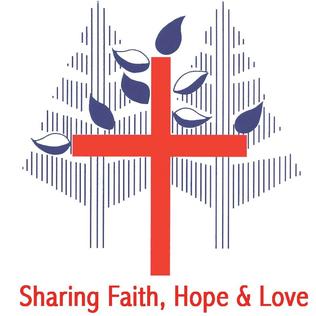
Emmanuel College is a Catholic, co-educational, secondary college in Warrnambool, Victoria, Australia. The college is situated on three campuses in Warrnambool, located at the end of the Great Ocean Road in Victoria's Western District. The college is co-sponsored by the Sisters of Mercy who established St Ann's College in 1872 and the Congregation of Christian Brothers who founded St Joseph's Christian Brothers' College in 1902. Emmanuel College was the result of an amalgamation of the two colleges in 1991.

Gilson College is a Christian school, located in the Melbourne suburbs of Mernda and Taylors Hill, Victoria, Australia. It is a private co-educational early learning, primary and secondary day school. The College caters to students from early learning through Year 12. The original campus, located in Taylors Hill, was established in 1988. The second campus in Mernda was acquired in December 2012 and classes began in January 2013. The College is part of the Seventh-day Adventist education system, the world's second largest Christian school system.

Pascoe Vale Football Club is a football club from Pascoe Vale, a north-western suburb of Melbourne, Victoria, Australia.
Antonine College is a Catholic, co-educational secondary school day school located in Coburg and Pascoe Vale South, Victoria, Australia.

St Joseph's Technical School, Abbotsford traces its beginnings to the opening of St. Joseph's Primary School on the same site in 1893 and was operated in the tradition of the Christian Brothers as a school for boys. In 1930 its function changed to that of a technical school. The school was formally closed in 1990.






























